MARKET OVERVIEW
The Global Dredging Equipment Market is rapidly transforming with the advent of innovative technologies, evolving regional strategies, and an increasing focus on sustainability. Traditionally an industry dealing with infrastructure, marine, and resource extraction, the dredging sector is venturing into applications that go well beyond the traditional. As countries reframe their relationship with their coastlines and waterways, dredging equipment will receive an elevated focus not only in the engineering sense but also for environmental rectification and geopolitical navigation.
Rather than remaining as background players in megaprojects, dredging would become the anchor of several international endeavors that strive to revert coastal degradation. Countries battling rising sea levels with low-lying urban cities will reimagine this dredging work as a strategic tool. Such a change in perception will ripple through policy frameworks and procurement modes, giving birth to transformed public-private partnerships. Furthermore, performance metrics related to contract dredging may also consider carbon output, degree of sediment recycling, and reduction of ecological impacts.
Investment will not be limited merely to hardware. The software platforms that follow for project management, predictive maintenance, and geospatial tracking will command attention, ultimately becoming pivotal in the way stakeholders perceive value and efficiency. Therefore, the Global Dredging Equipment Market would link up more and more with maritime tech developers to form intersections between industries formerly regarded as separate. This should change, and we might start to witness universities and R&D labs as active players, particularly working on designing low decibel dredging techniques.
The market supply chains will be transformed. Achieving these certification levels necessitates rethinking manufacturing from the material supply to assembling the final product. This means some geographic regions may support specialized component creation while others become experts in retrofitting technology. This decentralization creates a layered network of suppliers, creating resilience in the industry against geopolitical incidents or trade imbalance.
Global Dredging Equipment market is estimated to reach $3,634.4 Million by 2032; growing at a CAGR of 5.8% from 2025 to 2032.
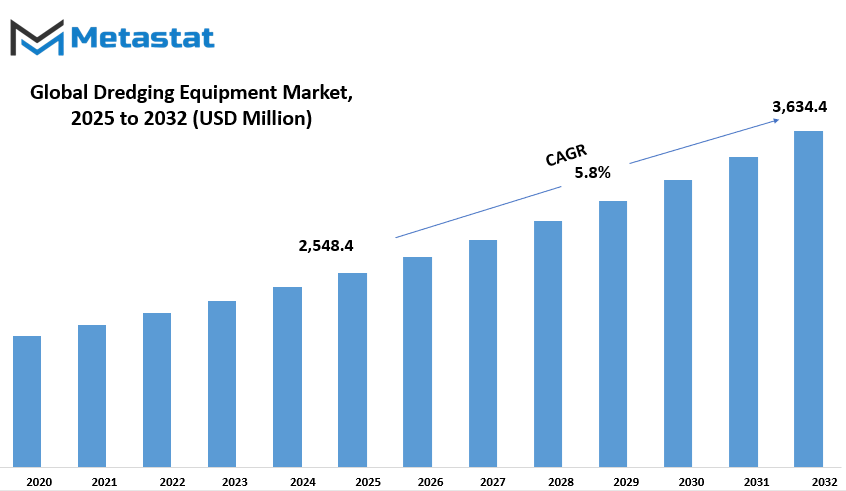
GROWTH FACTORS
The Global Dredging Equipment Market will soon outgrow any singular activities, be they the removal of sediments or deepening of ports. Instead, it will now integrate into national frameworks regarding climate adaptation, offshore energy expansion, and land reclamation. This shift will be reflected in both the physical and functional design of dredging machines. These machines will no longer be limited to excavation or movement of material; instead, they will also measure environmental conditions, monitor aquatic biodiversity, and comply with rigorous emissions standards. This change will not be limited to new equipment; there will also likely be retrofits to existing fleets with capabilities for automation, AI diagnostics, and modular upgrades to allow for cross-sector applications.
Optimum application of dredging equipment for efficiency and cost-drainage in different developed water transportation into coastal waters will bring up a lot of significance in maritime ports development through land reclamation projects and coastal facilities. Costs in such initiatives most commonly lie within large proportions of the country's future investment in waterway transportation improvements. Keeping important waterways accessible, safe, and efficient for general movement and traffic requires a considerable amount of dredging equipment. Dredging equipment, and thus operatives, will continue to grow in number as more regions work toward maintaining and improving these water routes.
Then the other factor contributing to the growth of demand for dredging equipment is increased global trade and shipping volumetric growth. As commerce raised on a global scale expanded, many ships from different nations traveled across oceans. They need its port to be adequate for receiving the extra traffic due to this. Harbors and shipping channels must be kept through dredging, deep and wide enough to assure safety for the larger vessels in a safe navigation journey. It is here that dredging equipment becomes essential in clearing out and maintaining proper depth that allows shipping operations to run smoothly and without delays or safety concerns.
Although the market has a bright prospect of growth, at the same time, it has been facing some serious challenges as well. One major problem is with the environmental issue. Since dredging itself disturbs marine organisms, it tends to increase sediment movement which, in turn, affects water quality and complications with safe disposal of removed materials. As a result, companies have to comply with very stringent environmental regulations and extended permitting processes that may delay or even stop projects. These are the factors which make some of the initiatives hard to move forward on schedule.
Another constraint for dredging operations is that they need to invest a lot of their financial resources in acquiring and operating the dredging equipment. Heavy machinery is expensive, used for large typical dredging operations, and their maintenance is very costly. Thus, the financial strain in such cases is too high for small or possibly emerging companies in developing countries that cannot afford investments. This low investment barrier limits market growth in these areas even when there is a distinct need for dredging.
At the same time, new developments in technology are very encouraging for creating more sustainable and effective means for the future. Innovations such as automation, remote monitoring, and environmentally friendly dredging technology promise to be a major breakthrough. Such innovations would on the one hand bring the production level of costs incurred down and, on the other hand, might do less harm to the environment and increase success in dredging projects. Due to these advances, the dredging equipment market would then have strong prospects for addressing future needs while overcoming some of its current obstacles.
MARKET SEGMENTATION
By Type
The global dredging equipment market is steadily growing, mainly because of the increasing demand for coastal protection, port expansion, and land reclamation projects. The main segmentation for this market is the type of dredging equipment used, which is further divided into mechanical dredgers and hydraulic dredgers. Among these, mechanical dredgers are worth $668.6 million at present. Mechanical dredgers can remove sediments and debris from the lowest bottom of water bodies using buckets or grabs. Typically, they are favoured in tight working spaces and in conditions of considerable soil hardness. Dredgers find a lot of use in port and harbor work, where accuracy and uniformity are key factors.
Instead, hydraulic dredgers move sediment through pipelines via suction and pumps, making them suited for bulk projects where speed and volume count more than accuracy to the millimeter. Almost always, these dredgers have been utilized in soft soil conditions or to excavate rivers and ocean channels. Dredgers tend to be fast and wide in the area they cover, which sometimes is not so good for critical situations that need precision in sediment removal. Nevertheless, this adds to their significance in the market due to their role in large infrastructure and development projects.
Focus on trade and the rising requirement to keep navigable waterways are inciting governments and private enterprises to invest more in dredging equipment. Ports need dredging at regular intervals to keep sediment from accumulating, which can hinder shipping traffic and delay processes. This is a problem that many coastal cities face: erosion that endangers infrastructure and property. Dredging protects these areas by building beaches and nourishing shorelines.
In addition, environmental regulations guide the dredging business. Increasing focus is placed on the negative impact of dredging on aquatic life and water quality. This has provided an international demand for machinery and dredging systems with reduced adverse environmental impact.
Generally, the global dredging equipment market is influenced by a cocktail of economic growth, environmental demands, and technological advancements. Concerning the mechanical dredger segment alone, which is estimated at $668.6 million, it is clear that the marketing of dredging equipment will prosper in the future as management of waterways in a safe and efficient manner remains a big concern.
By Application
The global dredging equipment market is slowly but steadily growing as a result of the need for better infrastructure and environmental maintenance. It is a device that has an important role to play in various industries and is now a necessity in industrial and environmental projects alike. One of the most prominent uses of dredging is in the extraction of minerals from gold mining and coal mining. These sectors have relied on dredging technology to extract the minerals from underwater areas with enhanced efficiency and less manual work. Thus, this gives access to hard-to-reach resources and improves productivity, particularly in areas where traditional mining methods do not exist.
Thus, dredges find extremely important applications in environmental defense. Cleaning allows an improvement in aquatic ecosystems due to the removal of pollutants, silt, and other heavy debris from the water. Removal of sediments improves water quality, with marine organisms and humans in mind. This was the major reason for gaining even more attention in recent years given that environmental problems gained momentum, and thus almost all countries became enthusiastic about better ways of caring for their rivers, lakes, and coastal regions.
Water navigation is also a significant area served by dredging. Throughout history, sand and mud naturally accumulated into shallow rivers and ports, thus inhibiting ship passage. Dredging provides clear passageways to boats and larger vessels when traveling as there are no safe barriers. If dredging were not done regularly, all trade routes would be clogged and affecting the world economy with delays in transport. Canals and channels also require constant maintenance. Dredging ensures they stay deep enough for safe travel, especially in areas where they are used daily for moving goods or people.
Another use of dredging is that it is essential in harbors. Harbors need to be kept deep and wide to accommodate these ships, as with the increasing size and number of ships. Dredging includes equipment for removal of sediment to allow trade flow smoothly and available with efficiency. Apart from these primary usages, dredging is also used on many go-to projects, which may not fall into a singular category: land reclamation, flood control, wetland restoration.
Thus, overall demand for dredging equipment is on the rise due to all these applications. Dredging is going to remain one of the major tools for continued development that countries are going to focus on, particularly for safety and environment care in the future. In this way, dredging is important for the lives of many communities and their quality of life around the world as it supports economic development with environmental protection.
|
Forecast Period |
2025-2032 |
|
Market Size in 2025 |
$2,548.4 million |
|
Market Size by 2032 |
$3,634.4 Million |
|
Growth Rate from 2025 to 2032 |
5.8% |
|
Base Year |
2024 |
|
Regions Covered |
North America, Europe, Asia-Pacific, South America, Middle East & Africa |
REGIONAL ANALYSIS
Overall, the global Dredging Equipment market could be segmented into major regions which would play a vital role in the growth and development of this particular industry. Such regions would include North America, Europe, Asia-Pacific, South America, and the Middle East & Africa. North America again has to break down as the U.S., Canada, and Mexico. All these countries with large coastal areas and extensive port infrastructure and frequent maintenance dredging programs are making their contributions to the market, particularly the U.S. Moreover, Canada and Mexico add up to the support through their industrial development and marine construction projects in progress.
The market in Europe comprises the United Kingdom, Germany, France, Italy, and the Rest of Europe. They all have well-established maritime traditions, and dredging is required for their waterways and ports. As for Germany and the Netherlands, they are basically known for their engineering and sophisticated dredging technologies. The UK, France, and Italy also invest in these gadgets so that their trade and environmental needs are met. The demand of this region is mostly tied to environmental preservation, harbor maintenance, and offshore energy projects.
Among the fastest-growing areas of this market, the Asia-Pacific region includes India, China, Japan, and South Korea as well as the rest of Asia-Pacific. The demand here is very strong because of the expansion of coastal cities, port construction, and land reclamation projects. Especially China and India are leaders, pushing their large-scale dredging programs against their infrastructure programs. While Japan and South Korea invested in advanced dredging machinery to protect themselves from natural disasters, they also upgraded their port operations because of these undertakings, which continue to increase equipment sales all over the area.
In South America, countries like Brazil and Argentina are today extending the rest of South America to nurture their dredging plans. These countries are industrially evolving port expansion and maintenance, generating an increase in demand for artificial dredging machines. For example, new trade routes in Brazil and river navigation in Argentina exemplify this increasing demand in this part of the world.
The Middle East & Africa includes GCC Countries, Egypt, South Africa, and the Rest of Middle East & Africa. An interest in dredging has arisen from coastal development, artificial islands, and oil infrastructure near marine areas that come with significant dredging activity. Among those countries within the GCC and Egypt have been very active purchasing dredging equipment for constructed and maintained growing port cities. It further supports the market in South Africa with its focus on port expansion and waterways development.
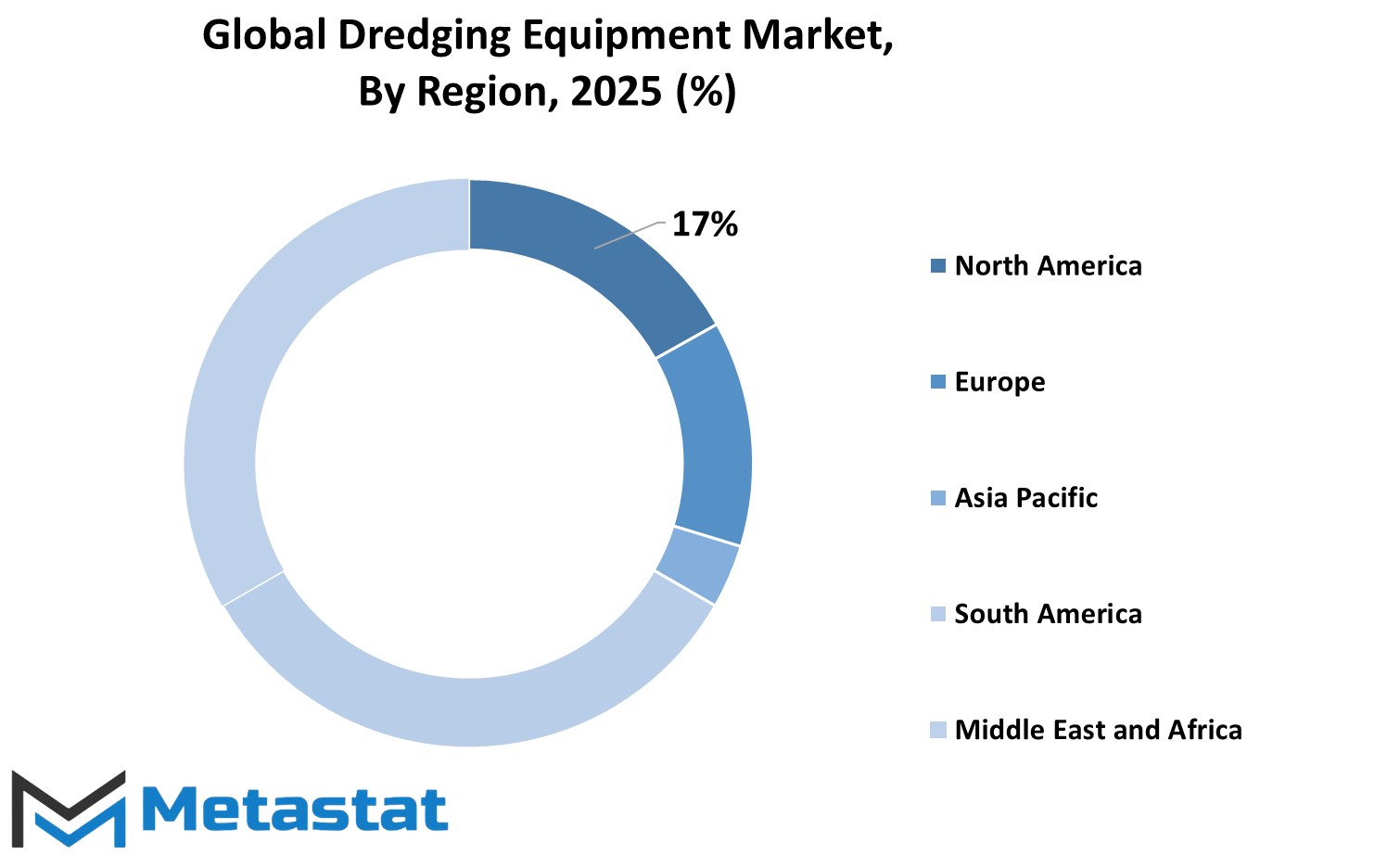
COMPETITIVE PLAYERS
This sector continues to grow steadily as the rising demand for waterway maintenance, land reclamation, port, and harbor expansion comes into play. This equipment is required to keep navigation routes open and avoid flooding by dredging the bottom of water bodies to clear them out by means of sediment, debris, and all other materials. It considerably aids in the restoration of aquatic environment and construction work that is hydrologically intersected, with urban development moving into coastal areas and the upkeep of arterial trade routes. As the demand for more effective and reliable dredging machines will never cease to rise.
Some very big players are contributing a lot towards the growth and innovation of this market. Some outstanding players include Damen Dredging Equipment, Dredge Yard, Ellicott Dredges, American Marine and Machinery, and Royal IHC. These companies design and manufacture dredging machinery that combines power with user-friendly designs and technology to ensure smooth operations. Other major players, including DSC Dredge, Holland Dredge Design, VMI Inc., Dragflow S.R.L., and Qingzhou Julong Environment Technology Co., Ltd. are making their presence felt through solid product offerings and reaching across the globe.
A few of the larger dredging companies have toward the improvement of machine efficiency and environmental friendliness; they consider it all the more important in view of ever-stricter environmental regulations. Among companies that develop systems that can greatly reduce fuel consumption and environmental impacts on dredging operations are Qingzhou KaiXiang Ore Machinery Co., Ltd, Boskalis, Jan De Nul Group, and Van Oord. Other players, like Mud Cat and Bell Dredging Pumps, target niche markets with smaller and portable products with much greater flexibility and application across various projects.
Along with Italdraghe SpA, IMS Dredges, Rohr-Idreco Dredge Systems, Vosta LMG, Senwatec, and Toyo Pumps, give stiff competition in the arena. These bespoke solutions offered to clients show that the market here is much beyond size and power; it is about flexibility and innovation. Entering into infrastructure and maritime trade, smarter dredging equipment will further push those parties to modern development in the trade. Therefore, a continuously functioning environment attracts investments into technology and facilitates the opening up of global markets thus nurturing a sustainable dredging equipment market for years to come.
Dredging Equipment Market Key Segments:
By Type
- Mechanical Dredger
- Hydraulic Dredger
By Application
- Gold and Coal Mining
- Environment Protection
- Water Navigation
- Canal and Channel
- Harbor
- Other Application
Key Global Dredging Equipment Industry Players
- Damen Dredging Equipment
- Dredge Yard
- Ellicott Dredges
- American Marine and Machinery
- Royal IHC
- DSC Dredge
- Holland Dredge Design
- VMI Inc.
- Dragflow S.R.L.
- Qingzhou Julong Environment Technology Co., Ltd
- Qingzhou KaiXiang ore Machinery Co., Ltd
- Boskalis
- Jan De Nul Group
- Van Oord
- Mud Cat
- Bell Dredging Pumps
- Italdraghe SpA
- IMS Dredges
- Rohr-Idreco Dredge Systems
- Vosta LMG
- Senwatec
- Toyo Pumps
WHAT REPORT PROVIDES
- Full in-depth analysis of the parent Industry
- Important changes in market and its dynamics
- Segmentation details of the market
- Former, on-going, and projected market analysis in terms of volume and value
- Assessment of niche industry developments
- Market share analysis
- Key strategies of major players
- Emerging segments and regional growth potential



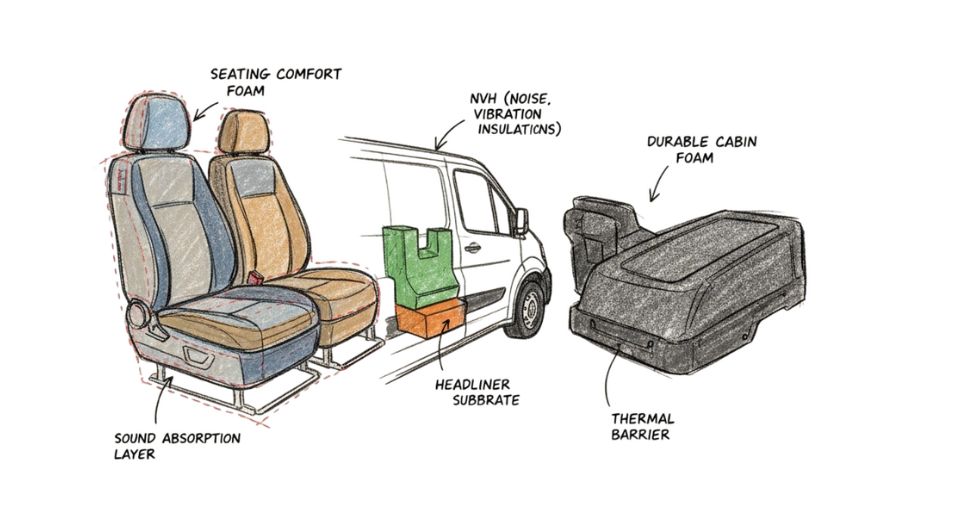
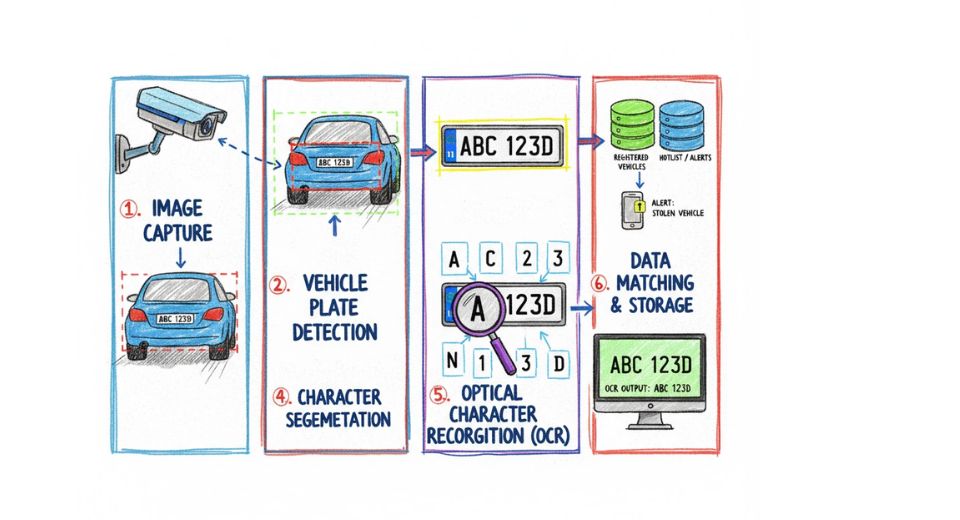
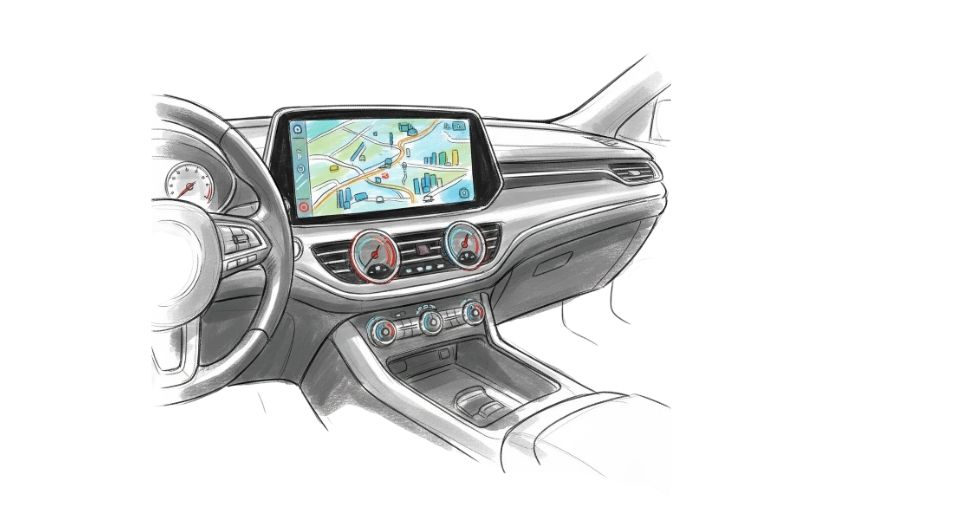





 US: +1 3023308252
US: +1 3023308252






